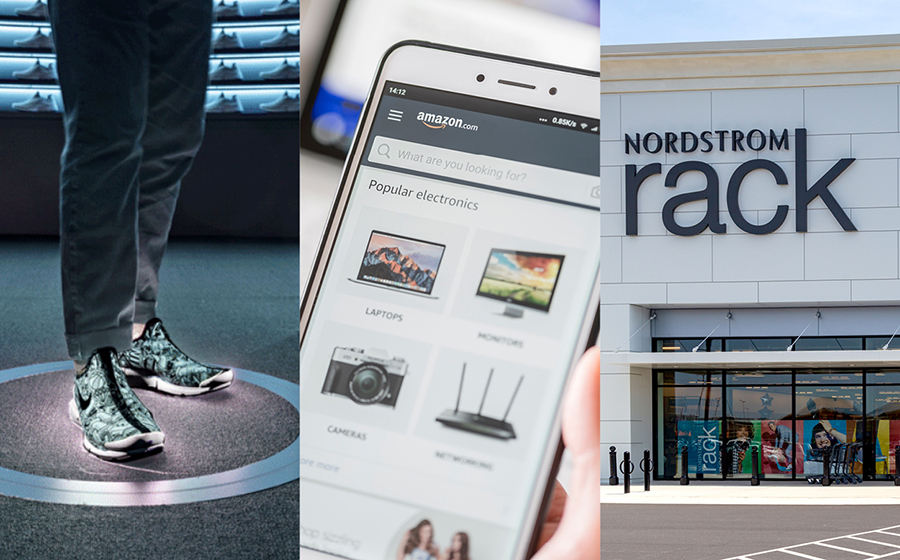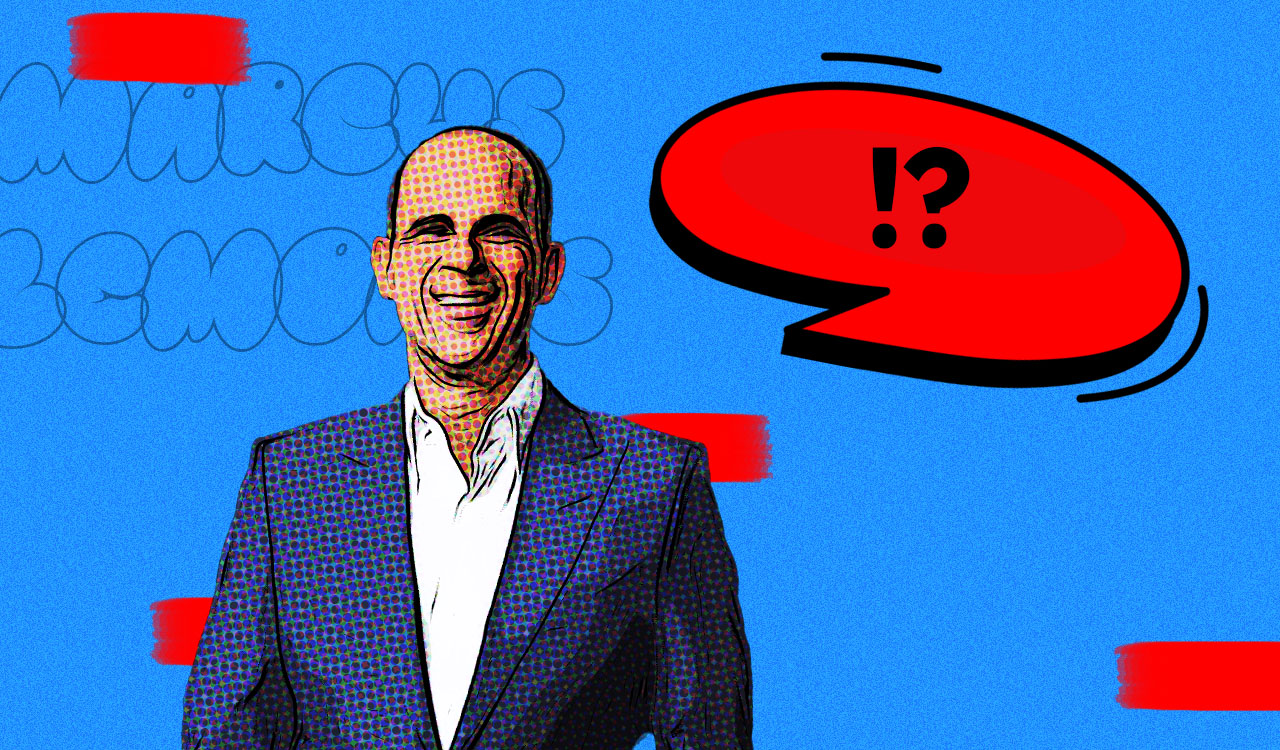Hudson Yards
I wrote this shortly after visiting Hudson Yards a couple of weeks ago. I have been back again (and again) since, and I have not seen anything that has changed my views.
Yes, it\’s new. Yes, it\’s pretty cool. And yes, it is just another shopping mall. Will it do well? Maybe. It\’s building its own community to draw from. It is in one of most visited tourist cities on earth, and it is near one of the most visited attractions in the city, which is the most visited retail site in the city, the Miracle on 34th Street…Macy\’s.
Yes, there is a cool area for pop-up shops. And yes, there are some great upscale retailers and some very interesting places to eat. And I love the Vessel that you can walk up and down for a mile or so. I love that it is next to the High Line. I love the Shed (arts center), the public square and gardens. But, let\’s face it, all of the best malls are now full of great places to eat and are all adding space for some format of creative retail. And they are all adding in cool things to do, like walking up and down a big sculpture and seeing performance art. So, no, I don\’t think that Hudson Yards is the future of retail. It serves as a shopping base for the nearby residential community. If Hudson Yards were anyplace but New York, I would say it wouldn\’t have a prayer for great success. From my perspective, vertical malls never work, and any department store with its first floor five stories above ground level never, ever works. The Yards needs 60,000 visitors a day to make a go of it. I don\’t know of any mall that gets that. Even with the support of the adjacent residential complex, I\’m skeptical. If Hudson Yards is the future of retail, I\’m a spotted dog. (Hmm, someone just showed up with my leash.)
What Is the Future?
Well, if the Yards is not the future of retail, what is? Online, off-price, off-mall, rental, resale, and, yes, brands. Plus, order online, pick up in store or drive through, get it delivered in one day or one hour. And, of course, customization, customization, customization.
Brands and Customization
The customization craze is going to drive the customer to the brands, just as the \”death of the shopping mall\” is driving the customer to the brand. Right now, the customer is looking to social media influencers and to brands for fashion validation, when in the past they looked to the department store and brands and to specialty stores that were brands in their minds (like Abercrombie was and Victoria\’s Secret was) for fashion validation.
While brands remain important, even to younger consumers, as items become more and more customized the relevance of the brand diminishes. Customization is just as much a danger as it is an opportunity. Why? The opportunity is easy; customers want customization and the younger they are the more they demand it. They want it \”just for me,\” and they don\’t really care if someone owned it before; they just want it to be cool and unique. But not so cool or so unique that no one else actually knows what it is. The success of Etsy is reflective of the \”just for me\” movement. As brands move to satisfy the desire for personalized fashion product, they run the risk that no one will recognize the brand. It\’s a fine line to walk between offering unique and recognizable, and if you can, you will come out on top.
Some customers want the retailer to customize products for them…at no extra cost. This can be very good for brands. Nike already knows how to customize to order and that expertise will continue to grow as their ability to produce becomes faster and more local. Soon the whole shoe will be able to be customized at no additional cost and on pretty much a real time basis, delivered while the customer waits. Coach has been customizing in store for a few years now. Kate is customizing product, too. Zara has just announced that they will be launching customization of denim in stores in Barcelona, Amsterdam and Milan, and in Britain, Holland and Spain denim customization will be available for online purchases.
All strong brands will be customizing very soon if they are not already. What does that really mean? It means that the retailer will be able to do something personal for the customer that makes it her own. That might be hand-distressing jeans, embroidery and applique, color switches and minor design adds. That\’s where the danger to brands comes in as well as offering a competitive advantage.
Online, Off-Price
There are two other big risks and opportunities for retailers — online and off-price. After I walked a distribution center with Jeff Bezos in 1999, I thought they will be broke before they can ever be a threat. So, I guess I didn\’t see it all so clearly. And while I did foresee the tech wreck in 1999/2000, Amazon was one of the phoenix birds that rose from the ashes.
So, the real question continues to be: Will Amazon and online in general take over retailing? Is there still room for brick and mortar like Hudson Yards? Yes, just a heck of a lot less of it. Will online sales get to 50 percent of non-bar, non-restaurant retailing by 2030 as I predicted back in 2014? Yes. So, will a third of all enclosed malls close or be reformatted by 2030 as I predicted in 2014? Yes.
Next, is off-price going to take over the physical retail world? Yes. Is it getting over saturated? Of course. Nordstrom launched Rack in 1975. TJX launched in 1976 as TJMaxx. Burlington was launched in 1972 as Burlington Coat Factory. Ross was a latecomer in 1982. And while the venerable off-pricer Filene\’s Basement debuted in 1908 before failing in 2011, it did not become a \”real\” off-price company until 1988. So, the off-price space in the US is about a century younger than the full price, traditional, regional department store business that it has been replacing aggressively since the year 2000.
Pre-Owned
Two more big risks for traditional fashion retail are resale and rented. What happens next is off-price continues to replace what is left of the department store space and resale and rental begin replacing the off-price/fast fashion space. I predict fast fashion is about over anyway.
Brand Supremacy
Despite the big problems caused by online selling and online price transparency, the next few years are going to be a good time for a strong brand, especially if the strong brand can be allied with a well-regarded social media influencer. So far, Tommy Hilfiger (PVH) has caught that wave nicely, and everyone else is trying to. Brands will also benefit from selling direct to consumers as well as through third-party platforms both in store and online. Nike, Tapestry, Capri, PVH, VF, Estee Lauder and other strong brands should win in this game.



